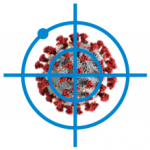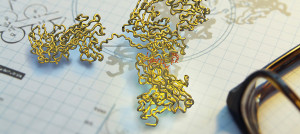The research reagent landscape is changing continuously and keeping up to date on all the significant occurrences takes time, connections, and objectivity. As such, for the past several years, Pivotal Scientific has observed, assessed and compiled an annual Antibody Market Report which gives new ideas and fresh insights about the market over the previous year and indicates how companies can grow in such a competitive market.
Within the report, the State of the Industry survey contains detailed information on the research reagent marketplace from the perspective of key distributors and manufacturers. This is Pivotal Scientific’s fourth yearly survey to better understand the research reagent industry. Once again, our respondents were separated into life science reagent manufacturers, and life science reagent distributors. Questions were focused on key areas of the reagent industry, sales & marketing, logistics, mergers & acquisitions, and product validation.
Key findings:
- The majority of companies polled reported increasing sales during 2019. As a result, respondents were optimistic, predicting further sales increases and market growth in 2020. This confidence resulted in many distributors considering hiring more staff or opening more offices, although manufacturers displayed a little more caution by limiting expansion compared to previous years.
- The Asian market continues to expand, with more products from China being distributed by respondents, and China and Japan becoming a bigger source of revenue for our manufacturers. Conversely, the UK appears to be a smaller source of revenue for our polled manufacturers in 2019. This could be due to worries over Brexit reducing science funding and/or spending. The US still dominates the market, being a major supplier of products to distributors and a major source of revenue to manufacturers. To take advantage of this large market, most manufacturers who responded are either based in the US or have a US office.
- The consensus between distributors and manufacturers is that product quality matters most to their customers, while the main market opportunities are thought to be associated with antibodies and kits. The research area generating the most interest continues to be cancer, and their key competitors unsurprisingly are Abcam, Thermo Fisher Scientific, Bio-Techne and BD Biosciences.
- The respondents acknowledged the industry could still be doing more to improve product validation. Whilst levels of validation vary between distributors, manufacturers appear to be making a concerted effort to increase validation standards.
- We can expect further mergers and acquisitions to take place in 2020. Many companies have stated an interest in either buying or selling in 2020, especially amongst the polled distributors.
Need more details?
A more detailed analysis of the results of our survey and industry insights can be found in the Pivotal Scientific Antibody Market Report 2020.



